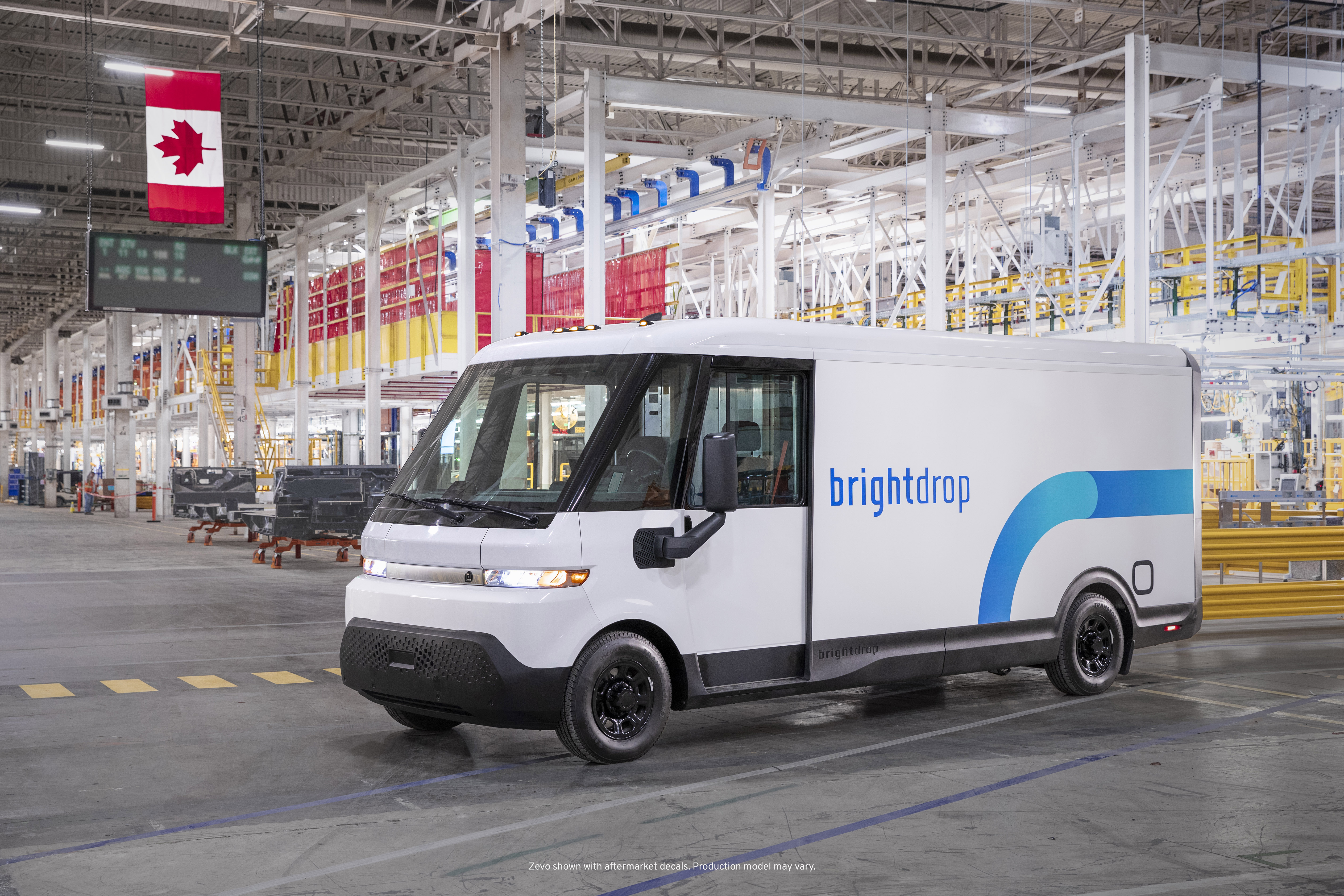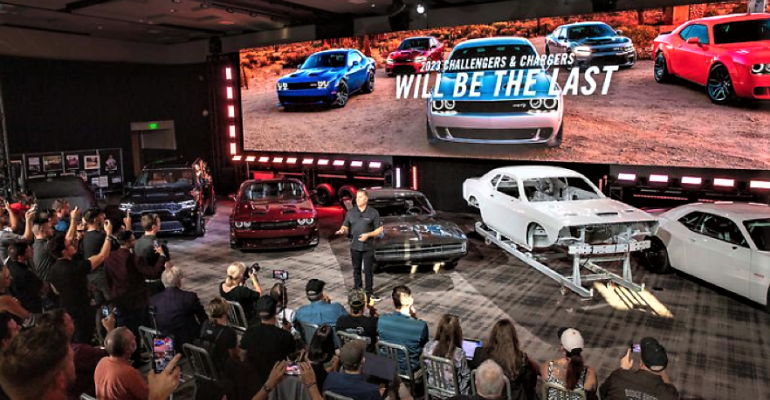OTTAWA – Auto manufacturing in Canada increased 11% year-on-year in 2022, reversing a five-year trend of contraction. But will this increase be sustained?
Canada’s 2022 production uptick, as measured by Wards Intelligence, is certainly significant. The bulk of the expansion was in the dominant light-truck segment, with 933,091 units being produced, compared with 814,263 in 2021. The rise in car production was more limited (289,371, up from 288,235 in 2021), but it halted a sharp decline in this segment over the preceding seven years.
Car output in 2022 was just one-third as much as the 2015 total of 888,565 cars. Light-truck volume declined more slowly – from 1.38 million in 2015, albeit with a significant fall in 2021 compared with 2020 (814,263 from 1.03 million).
David Adams, president and CEO of the national trade association Global Automakers of Canada, says it is too early to say if this is a continuing trend. Demand softened by higher interest rates (base rates were held at 4.5% by the Bank of Canada on March 8) and inflation was at 5.9% in February.
 “We’re seeing inventories creep back up, not only because of an improved situation with (computer) chips and the supply chain but also because of high interest rates and high inflation,” Adams (pictured, left) says.
“We’re seeing inventories creep back up, not only because of an improved situation with (computer) chips and the supply chain but also because of high interest rates and high inflation,” Adams (pictured, left) says.
“While we are all hoping for a better year and the first couple of months of sales have been good from my perspective, the jury is still out and I don’t think it bodes well when you see manufacturers back in buying down the interest rates to move inventory again,” Adams says. “Vehicle prices are also still generally quite high.”
The longer-term picture will reflect how the Canadian auto sector performs when it shifts to electric vehicles. Scale will need to be achieved to reduce costs and ensure production profitability, but even at scale, Adams acknowledges he’s not sure whether refurbished plants will produce as many zero-emission vehicles as internal-combustion-engine vehicles.
He says the transition to EV production already is impacting production (General Motors BrightDrop production vs. Equinox at the CAMI plant at Ingersoll, ON) (pictured, below) and the transitions at Ford and Stellantis.

Adams predicts it is unlikely Canadian vehicle production will reach 2 million units anytime soon; that figure was last surpassed in 2018.
Moreover, if American demand for EVs continues to increase – given Canadian production is still predominantly focused on ICEs and 85% of Canadian output is exported to the U.S. – “the transition to EV production will likely result in lower production, at least in the near term,” Adams says.
Brian Kingston, president and CEO of the Canadian Vehicle Manufacturers’ Assn., is somewhat more optimistic that the switch to EVs will continue to boost output: “Automakers have announced investments of over C$16 billion ($11.6 billion) in Canada over the past three years. The majority of this is dedicated to EV assembly and the battery supply chain.
“Automakers are moving rapidly to ramp up production,” Kingston (pictured, below) says. “For example, GM recently converted the CAMI plant to take the Zevo 600 (BrightDrop van) from concept to commercialization in less than two years, the fastest launch in GM’s history.” In his view, COVID-19 and the ongoing global chip shortage have been keys to limiting output: “As the chip shortage eases, we can expect to see production levels stabilize.”
 Vic Fedeli, Ontario economic development, job creation and trade minister, tells Wards he hopes to see more announcements of EV manufacturing plants in the province in the future, estimating there are C$17 billion ($23.2 billion) in investments in the pipeline, including the planned Volkswagen battery plant in St Thomas, ON.
Vic Fedeli, Ontario economic development, job creation and trade minister, tells Wards he hopes to see more announcements of EV manufacturing plants in the province in the future, estimating there are C$17 billion ($23.2 billion) in investments in the pipeline, including the planned Volkswagen battery plant in St Thomas, ON.
Fedeli hopes this announcement will spark the development of battery component plants, such as those making cathodes, anodes and separators. Having this supply chain is important for the development of EV manufacturing, he says, predicting “decisions will be made rapidly” on international locations of EV and associated parts plants, such as battery makers.
“That window will not be open for much longer...closing in maybe one year,” Fedeli says. Until then, “Everyone is looking for a dance partner.”
But naturally, Canadian production will remain linked to demand, especially in the all-important U.S. export market, and “a strong response from government to the competitive gaps exacerbated by the U.S. Inflation Reduction Act” is needed, Kingston says. Government also needs to help strengthen the domestic market by “focusing on providing the charging infrastructure and incentives Canadians need if they are to make the switch” to EVs, he says.
By taking these steps, “Canada has a generational opportunity to grow its automotive footprint as the industry transitions to electrification thanks to our critical mineral endowment,” Kingston says.





